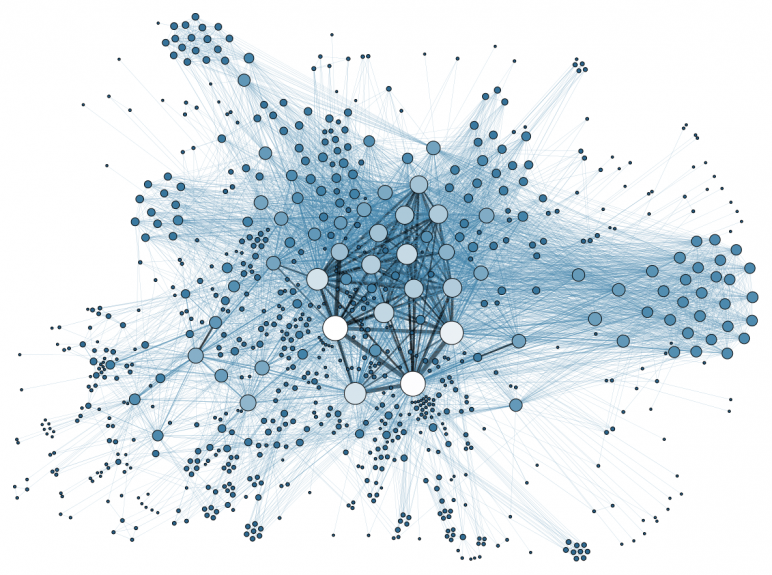
Our project considers space as a physical expression of cognitive schemata, which are culturally specific, contextual and historical. Accordingly, particular emphasis will be given to up-to-date theoretical studies, which have constructed a unitary theory of space that has greatly renovated our perceptions of the role of space as a generative agent of social action.
As sociologists, anthropologists and geographers underline, social dynamics cannot be studied in a given territory unless the dynamics of the space itself are understood in a four-dimensional perspective, i.e. in its three physical aspects and through time. According to this view, social dynamics are embedded in a series of places seen as events conveying agency.
Yet, one of the main difficulties in current scholarship of ancient Greece is to deal with social patterns and corresponding political units as phenomena deeply linked to changing spatial prerequisites, outcomes and settings (and the reverse). Hence, space is still presented as a lifeless vacuum. Interpretations of social dynamics delivered on textual evidence alone miss the heuristic potential of the multidimensional trajectories that archaeological research is able to uncover.
If we are to understand social dynamics in a meaningful way, space must therefore be conceived both as a process (in three dimensions) and in process (integrating historical change), rather than as an inert container of actions. In other words, space is an agent that produces social processes, actions and identity strategies. Indeed, ancient ‘topo-poetic’ concepts (omnipresent in ancient literature from Homer to Aristotle) and modern philosophical thought of space are both founded in a strong sense of territoriality.
The consideration of space and linked social processes as a continuous renegotiation of emplacements can unveil a detailed spatial contextualization of social praxis. Undeniably, critically assessed archaeological data available from Attica, currently dispersed in publications with different methodological approaches and objectives, can offer more reliable interpretative approaches when it comes down to social processes, as long these data are enriched through a space-sensitive interdisciplinary theoretical framework.
One of the most important developments of the last two decades in archaeology has been the enrichment of our knowledge of landscapes through GIS, which offers a detailed spatial context of any archaeological entity (object or site). Although the possibilities offered by GIS-softwares and their implications for theory and practice are widely known, little of the up-to-date digital technologies have been practiced in the archaeology of the Greek peninsula.
This is notably the case for Attika, for which we still rely on maps of the 19th century or simplified plans that are merely ‘dots on a map’.
But human beings do not ‘settle’ in a dot. They do things in the landscape according to their needs and the opportunities that the landscape offers. Which places they do what, is not arbitrary but the consequence of an on-going negotiation (changing family relations and age structures, other people’s decisions, weather changes, technological developments, wealth and poverty, relations of power, and so on).
The project addresses the subject by means of new digital technologies, de-codifying through spatial analysis raw archaeological data in an approach filtered by theoretical imperatives of massive heuristic potential such as space, network and topology, thus restoring the multi-valued semantics of human realities, adaptive choices and accumulation of knowledge. Consequently, the research builds on an up-to-date confrontation with the latest developments of other disciplines, such as geography, sociology, anthropology, architecture, and cognitive psychology.
References
H. LEFEBVRE, The Production of Space, Oxford, 1991; P. BOURDIEU, Outline of a Theory of Practice, Cambridge, 1977; M. FOUCAULT, Le Corps Utopiques, Les Heterotopies, 2009; D. HARVEY, Justice, Nature and the Geography of Difference, 1996; E.S. CASEY, Getting Back To Place. Toward a renewed Understanding of the Place-World, 1993; M. CRANG, N. THRIFT (eds), Thinking Space: Critical Geographies, London and New York, 2000. E. C. ROBERTSON et alii (eds), Space and Spatial Analysis in Archaeology, Alberta, 2006; E. Curtius, J.A. Kaupert, Karten von Attika: Berlin, 1895-1903; J. BINTLIFF, 'Beyond Dots on the Map: Future Directions for Surface Artefact Survey in Greece', in J. BINTLIFF et al. (eds), The Future of Artefact Survey in Europe, Sheffield, 2000, pp. 3-20; E. FARINETTI, Boeotian Landscapes: A GIS-based study for the reconstruction and interpretation of the archaeological datasets of ancient Boeotia, BAR international series, Oxford 2011.